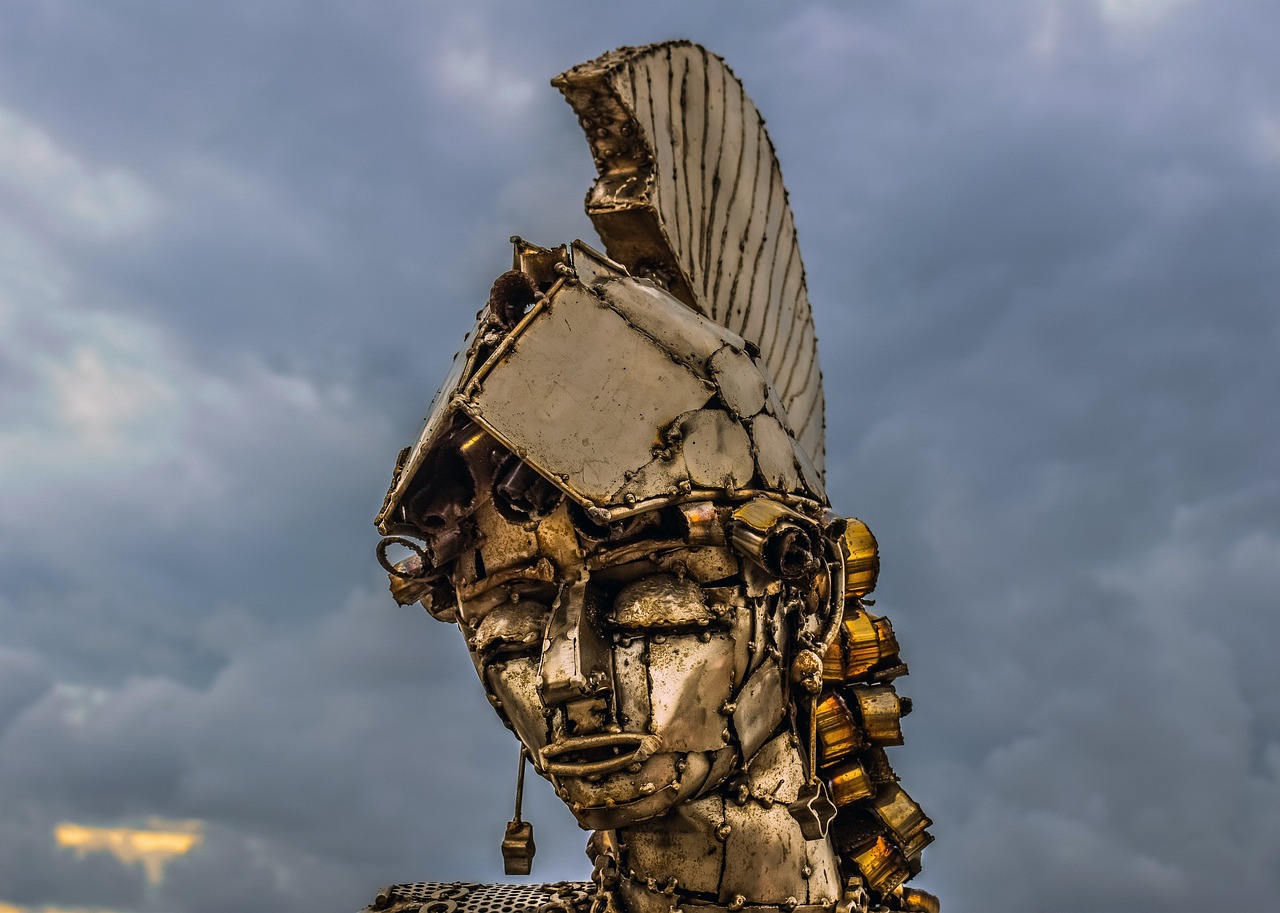Minerva of Arezzo, the Roman goddess, embodies wisdom, medicine, commerce, handicrafts, poetry, and the arts, with a later association to war. Her likeness to the Greek goddess Athena is notable, and she was a significant deity in ancient Rome, with vital temples dedicated to her and being a primary figure in the Quinquatrus festival.
Initially, Minerva was regarded as an Italian goddess linked to handicrafts, closely mirroring the attributes of Athena. Scholars generally agree that Minerva is of indigenous origin, having transitioned to Roman culture from the Etruscan goddess Menrva, and her name is believed to be derived from the Latin term “meminisse,” which means “to remember.” In mythology, she is considered the daughter of Jupiter, born from his head, and was revered in Rome as part of the Capitoline Triad alongside Jupiter and Juno. A famous tale asserts that Aeneas, a hero who fled from the fall of Troy, brought a statue of Minerva to Rome, believed to protect the city as long as it remained intact. Minerva, akin to Athena, is celebrated for her chastity, notably rejecting the advances of Mars, the war god.
One of the most renowned narratives involving Minerva is captured in Ovid’s Metamorphoses. In this story, Arachne, a young girl from Lydia, boasts that her weaving skills surpass those of Minerva. The goddess, displeased by this arrogance, challenges Arachne to a weaving contest. Both contenders create intricate tapestries; Minerva’s reflects the gods and her own triumph over Poseidon to earn the honor of being Athens’ protector. Arachne’s work, while exquisite, features gods transforming to seduce mortals. Ultimately, Minerva defeats Arachne, punishing her by striking her three times and transforming her into a spider. This tale serves as a timeless admonition against hubris in the face of divine powers.
A vital worship site for Minerva was established on the Aventine Hill around 263 or 262 BCE, known as Aventine Minerva, which had Greek origins. This site also housed a guild for writers and actors and was critical for craftsmen. Additionally, Minerva had a shrine on Mons Caelius, another of Rome’s renowned seven hills.
As time progressed, Minerva’s importance within the Roman pantheon increased, particularly during the Quinquatrus festival, which shifted focus from Mars to her. The five-day festival initiated on March 19 marked the onset of the military campaign season for Rome. Minerva became synonymous with victory, as exemplified by Pompey’s dedication of a temple to her after his successful eastern campaigns. The emperor Domitian later claimed Minerva as his divine protector and commissioned a temple in her honor within the Nerva Forum in the latter part of the 1st century CE.
A striking artistic representation of Minerva is the impressive 3-meter tall statue housed in the Capitoline Museums in Rome, dating back to the 2nd century BCE. In this sculpture, she is portrayed in a chiton and belt, wearing an aegis adorned with Medusa, holding a shield on her left arm, and a Corinthian helmet positioned on the back of her head. This statue draws significant influence from the grand chryselephantine figure of Athena crafted by Pheidias for the Parthenon in the 5th century BCE, showcasing the goddess in her esteemed role as a valorous warrior.



